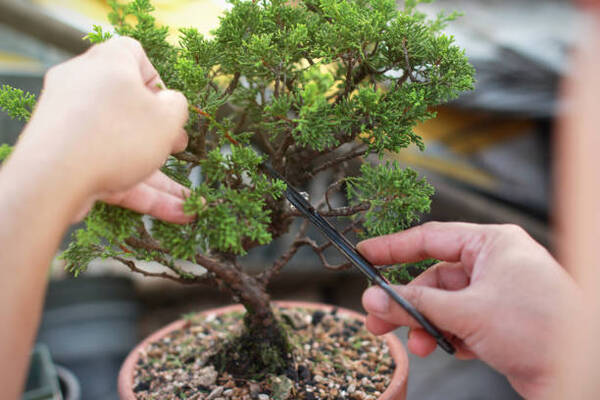- 1-905-452-8193
- Contact Us
- Member Login
- Get Listed Today
- 220,911 members

Having trees on your property can be a great way to increase the curb appeal of your home and add additional shade during hot summer days. But it’s important to ensure that your trees stay healthy and well-maintained with the help of a tree lopping Sydney expert, which means trimming them regularly. Unfortunately, many homeowners make common mistakes when trimming their trees that can cause damage or even death to the tree.
Homeowners often take pride in their yards and the trees that adorn them. However, when it comes to trimming or pruning these trees, they can sometimes make mistakes that can have drastic consequences for the tree’s health and longevity. In this article, we will discuss some of the most common mistakes homeowners tend to make when trimming their trees, as well as tips on how to avoid these errors.
The following list details the common mistakes homeowners make when trimming the trees on their property:
Pruning too much
Oversized pruning cuts remove more foliage than necessary, which can weaken the tree and slow its growth rate. The best practice is to only prune branches back as far as needed to shape the tree or provide clearance.
Pruning at the wrong time
Depending on the type of tree, pruning should be done during the dormant season or late in the growing season. During the growing season, pruning wounds may not heal properly before winter sets in and leaves the tree susceptible to disease and pests.
Removing too many limbs
Trees need branches to absorb sunlight, create food through photosynthesis, and provide support for larger limbs. If too many branches are removed it can make a tree look lopsided as well as reduce its ability to produce food efficiently and weaken its structural integrity.
Not using sharp tools
Old or dull tools can do more harm than good when trimming your trees. Dull tools tear the bark, leaving it vulnerable to damage from pests and disease. Be sure to use sharp pruning shears, loppers, and saws at all times.
Not sterilizing tools
Always sterilize your pruning tools before and after each use to reduce the risk of spreading diseases onto healthy branches and foliage. You can do this by wiping them down with rubbing alcohol or a solution of 10 per cent bleach in warm water.
Topping trees
This is one of the worst mistakes you can make when trimming your trees because it will leave them open to decay and create an unsafe environment for other plants near them. If you need to thin out a tree, consider using crown thinning instead, which involves selectively removing branches throughout the crown to improve its overall shape and provide more light.
Cutting too close to the trunk
Be sure to leave at least a quarter-inch of wood when pruning back limbs to protect the tree’s bark from disease and pest damage. Also, do not leave any stubs that can collect moisture and increase the chances of infection or rot.
Not disposing of trimmings properly
After trimming your trees it’s important that you dispose of all deadwood, leaves, twigs, etc., properly to prevent pests or diseases from spreading onto other plants in your yard. It’s best to use compost bins or bags to collect and remove unwanted trimmings from your property.
Not considering wildlife
Before pruning your trees, take a few minutes to check for any birds’ nests or other wildlife that may be living in them. If you do find any animals make sure to leave their homes undisturbed and wait until after the nesting season is over before trimming the tree again.
Hiring an unqualified arborist
While DIY pruning can save money, it can also cause more harm than good if not done properly. For larger jobs, consider hiring a certified arborist who has the right tools and experience to safely remove dead or damaged limbs without damaging the overall health of the tree.
By following these simple tips you can help ensure that your trees remain healthy and vibrant for years to come. So, don’t let a little pruning knowledge stand in the way of maintaining your outdoor oasis! Remember: when it comes to trimming trees, safety first!
